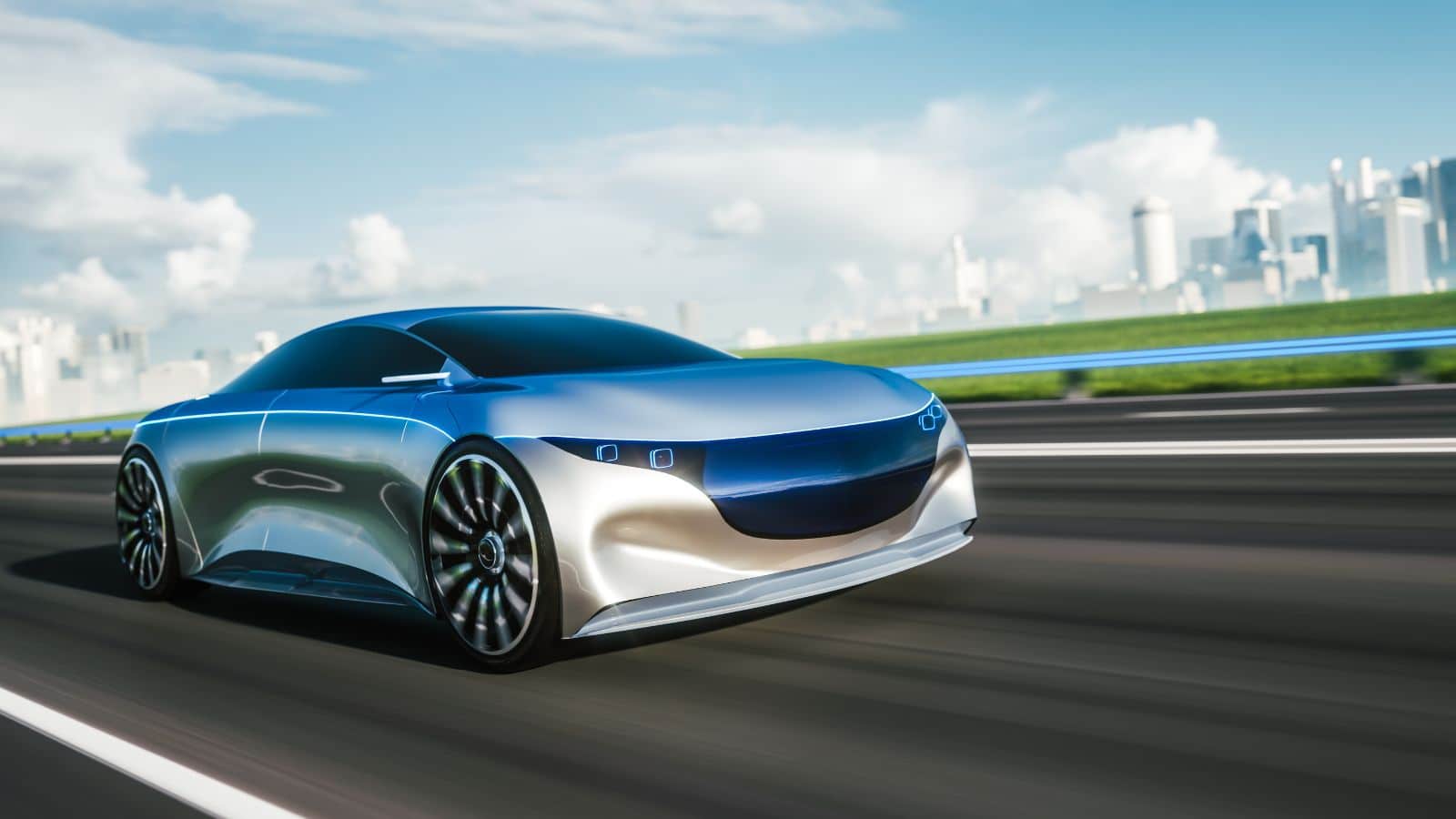Electric cars are often sold as money-savers, but the reality is more complicated. Drivers spend less on gas, yet higher insurance rates and repair bills eat into those savings. Even basic maintenance can cost more when parts and service aren’t widely available. Here are nine hidden costs that can surprise EV owners.
Higher Insurance Premiums

EVs often cost more to insure than gas-powered cars. Repairs involve specialized parts and training, which drive up claims. NerdWallet notes that many insurers charge higher premiums for EVs compared with traditional vehicles. For drivers, this means the expected savings at the pump may be offset by higher monthly bills.
💸 Take Back Control of Your Finances in 2025 💸
Get Instant Access to our free mini course
5 DAYS TO A BETTER BUDGET
Expensive Battery Replacements

The battery is the most expensive component of an EV. While they are designed to last for years, replacements can run into the tens of thousands of dollars. For older vehicles, a dead battery can make the car almost worthless. This is one of the biggest long-term risks for EV ownership.
Charging Equipment at Home
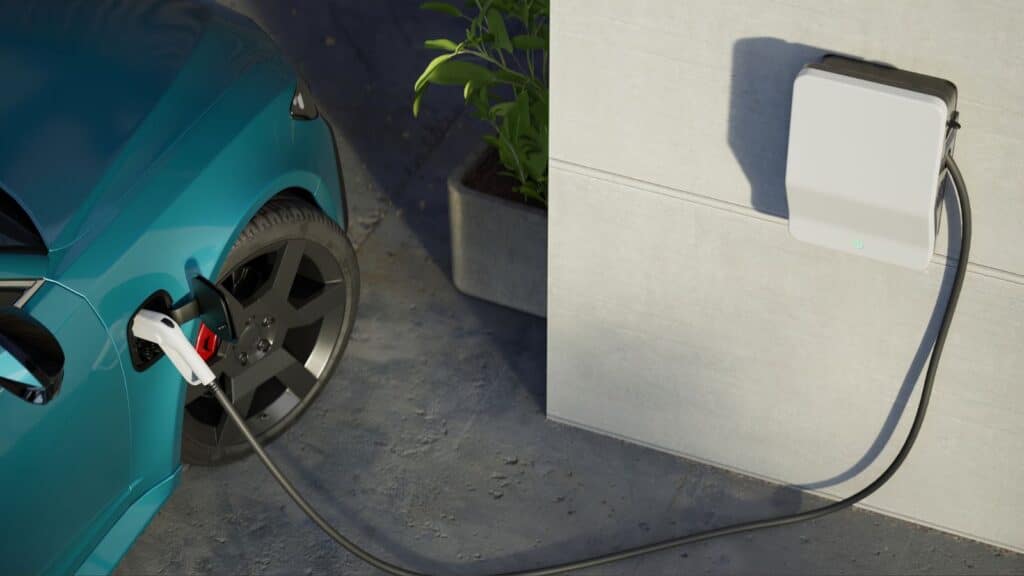
Many buyers overlook the cost of installing a home charging station. A proper setup can cost thousands, depending on the electrical work needed. While charging at home is convenient, the upfront cost is a barrier that stretches household budgets.
Public Charging Costs
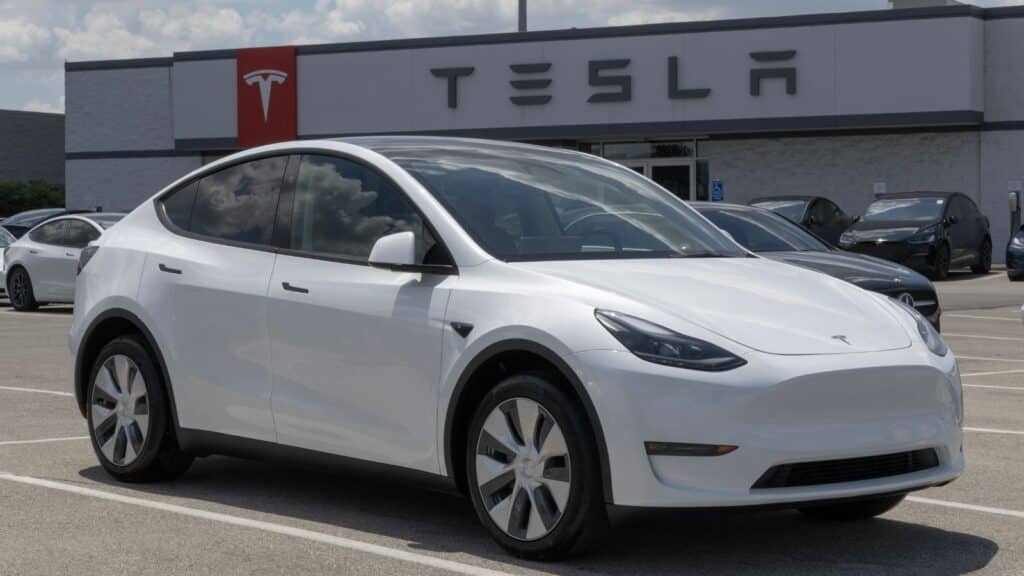
Public charging isn’t always cheap. Rates vary widely, and using fast chargers often costs more than drivers expect. U.S. Department of Energy highlights that while home charging is cheaper, public stations can be significantly more expensive, especially in high-demand areas.
Longer Repair Times
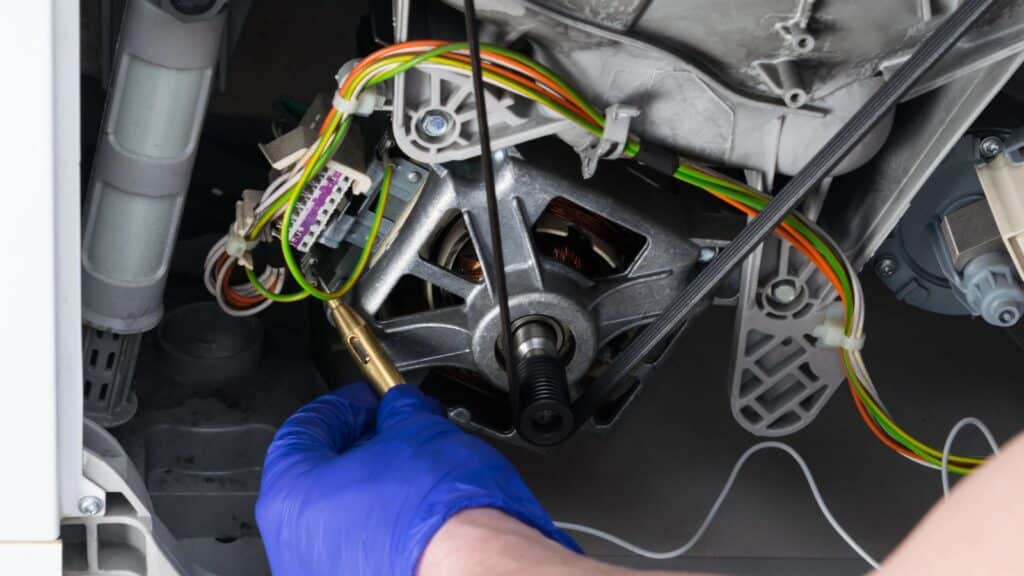
EVs need specialized service, and not every shop is equipped to handle them. Owners sometimes face longer wait times for parts and qualified technicians. This can mean higher labor costs and longer periods without a car.
Faster Depreciation

Some EV models lose value faster than traditional cars. Rapid changes in battery technology and incentives for new purchases drive down resale prices. For owners, this means bigger losses when it’s time to trade in or sell.
Limited Range in Cold Weather

Cold weather can cut an EV’s driving range by as much as 40 percent. Owners often find themselves charging more often in the winter, which adds to costs and inconvenience. This also makes road trips more difficult and less predictable.
Higher Tire Wear

EVs are heavier than gas-powered cars, and the extra weight leads to faster tire wear. Replacing tires more frequently adds another hidden cost. Owners often underestimate how quickly this expense can add up over a few years.
Charging Station Availability
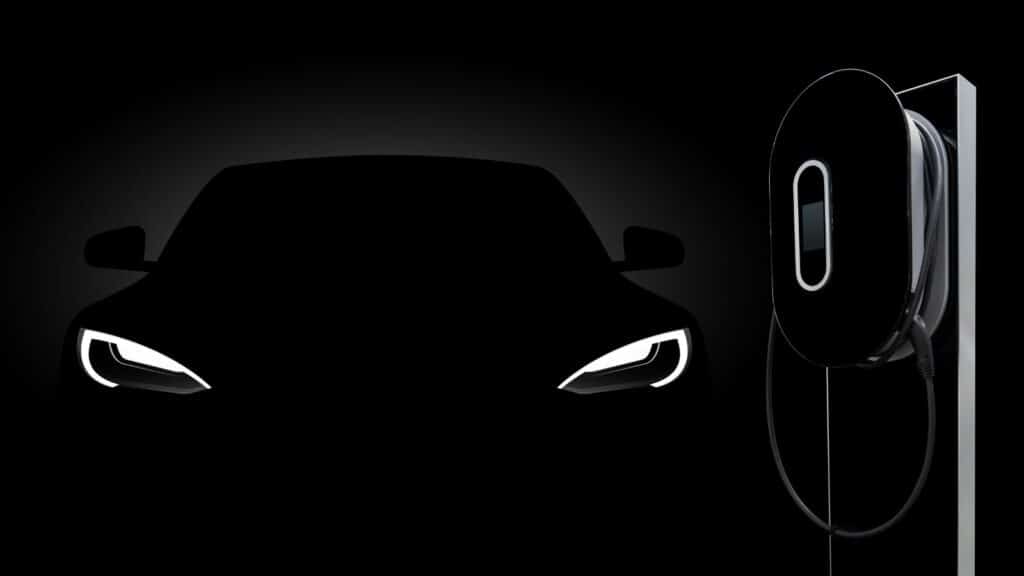
Access to charging stations can be inconsistent, especially outside major cities. Drivers sometimes pay higher rates at peak times or travel out of their way to find open stations. The lack of reliable infrastructure increases both cost and stress.
Why EV Owners Need to Plan Ahead

Owning an EV can still save money compared with gas, but the hidden costs are real. From insurance premiums to charging fees, drivers need to plan for more than just the sticker price. By being aware of these traps, EV owners can better manage their budgets and avoid unpleasant surprises.
12 Lifestyle Shifts That Can Save You Thousands Annually

Saving money might feel hard, but small changes add up quickly. Adjusting daily habits can lower costs without giving up what you enjoy. It’s not about going without—it’s about making simple, smart choices that lead to real savings. 12 Lifestyle Shifts That Can Save You Thousands Annually



